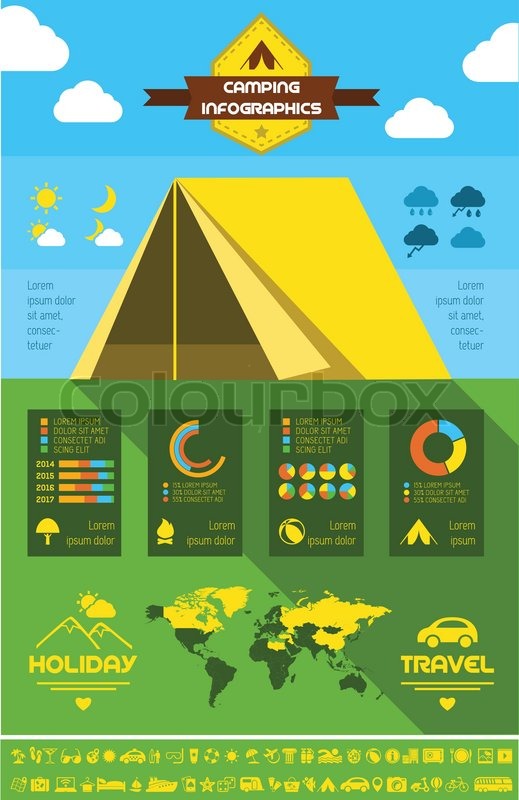Creating A Empire Of Online Camping Tents Product Sales
Creating A Empire Of Online Camping Tents Product Sales
Blog Article
Exactly How Important Are Tent Footprints/Ground Cover?
Tent footprints are a fantastic way to protect your outdoor tents flooring from abrasions and prolong its practical life. Nearly all gear manufacturers supply their very own brand-specific footprints that are developed to match their particular tent versions.
Are pop up tents good for camping?
This customized method supplies simplicity of arrangement and minimizes the danger of rainwater seeping in with the joints.
What are they?
Tent impacts (additionally known as outdoor tents ground sheets or under tent pads) supply a layer of defense between the base of your camping tent and the exterior environment. They secure your outdoor tents from sharp objects, wetness, and unpleasant surfaces.
A lot of outdoor tents producers use their very own branded footprints made to fit seamlessly with their assigned sanctuary versions. However, these are usually pricey and relatively heavy contrasted to do it yourself alternatives like Polycryo or Tyvek.
Footprints are usually made from sturdy, waterproof materials such as polyurethane, nylon or silnylon. For ultralight backpackers seeking to lessen pack weight, there are additionally lightweight, high-strength options made from Cuben Fiber (Dyneema). It is very important to pick a footprint that's slightly smaller than your camping tent to stop rain from dripping down the sides of your shelter and funneling beneath you while you rest-- nobody wishes to awaken in a puddle! A footprint is a beneficial addition to any type of outdoor camping journey. It aids ensure a long life expectancy for your camping tent while including convenience and satisfaction.
Just how vital are they?
Tent footprints protect the base of your tent from abrasion and wetness, assisting to prolong its life-span. They're generally constructed from waterproof and dirt-resistant materials like polyethylene or a lightweight oxford polyester, though the denier of the fabric will vary (the higher the denier number, the thicker and burlier).
Most footprints are made to exactly match the shape of your tent's floor, which helps minimize material waste. Many have grommets or loops through which you can weave guylines for stress and risks, making certain that the impact is firmly held back.
If you camp in harsh surface or areas where there's a lot of downed branches and sharp rocks, a camping tent footprint is well worth the added weight and bulk. But if you frequently camp in dry, sandy or rough problems, an impact might be excessive. A tarp is a much better option in that case.
Do you typically load one?
If you're camping on a really level surface where rocks and sticks aren't a problem, a camping tent footprint most likely isn't essential. If you are in the backcountry with a lot of harsh terrain, an impact can make life much easier.
Footprints are usually sized somewhat smaller than the base of the tent. That's because a bigger impact would certainly capture rainfall and funnel it under the tent, where you can wake up in a pool.
However, footprints can be pricey and hefty if you get one from the maker of your camping tent (the Big Agnes Tiger Wall UL 2 impact, as an example, costs $70 and weighs 6 ounces). You can conserve money and weight by making your own DIY impact by reducing an item of Tyvek or other water resistant material to the exact measurements of your sanctuary. You can also add grommets for easy attachment. The major advantage of a footprint is that it helps to safeguard the floor of your backpacking tent from unpleasant aspects such as rocks and twigs.
Just how do you maintain them clean?
A manufacturer's impact can add substantial weight to your sanctuary system and if you're an ultralight backpacker attempting to conserve every ounce, it could not deserve it. Consequently, several backpackers will certainly luxury canvas tents make use of a do it yourself groundsheet that's constructed of something like Tyvek or Polycryo and suffice to dimension for their camping tent impact.
This choice is fairly low-cost and will certainly secure your camping tent from wetness, rocks, thorns, sticks, etc, while also helping to keep all-time low of your outdoor tents completely dry.
If you do make a decision to buy an impact, make sure it's developed specifically for your specific tent as this will help reduce water merging around the sides of your sanctuary. For instance, if your camping tent footprint is also huge and expands past the edge of your rainfly, it will collect rains which can permeate into lighter-weight tents and possibly wear down the flooring. Make certain it fits your camping tent fairly snugly to prevent this.
Can you sleep in a moldy tent?
